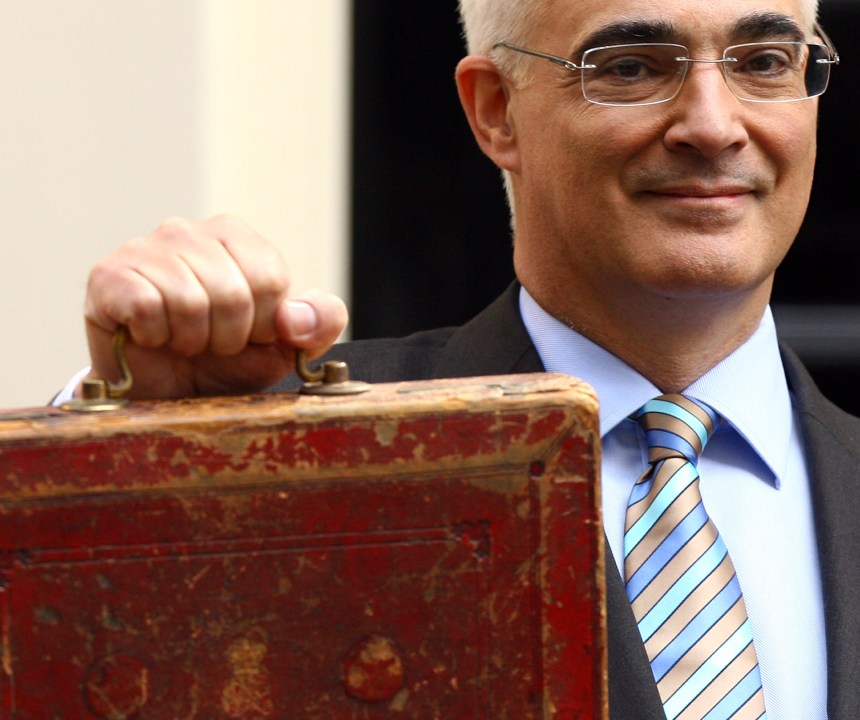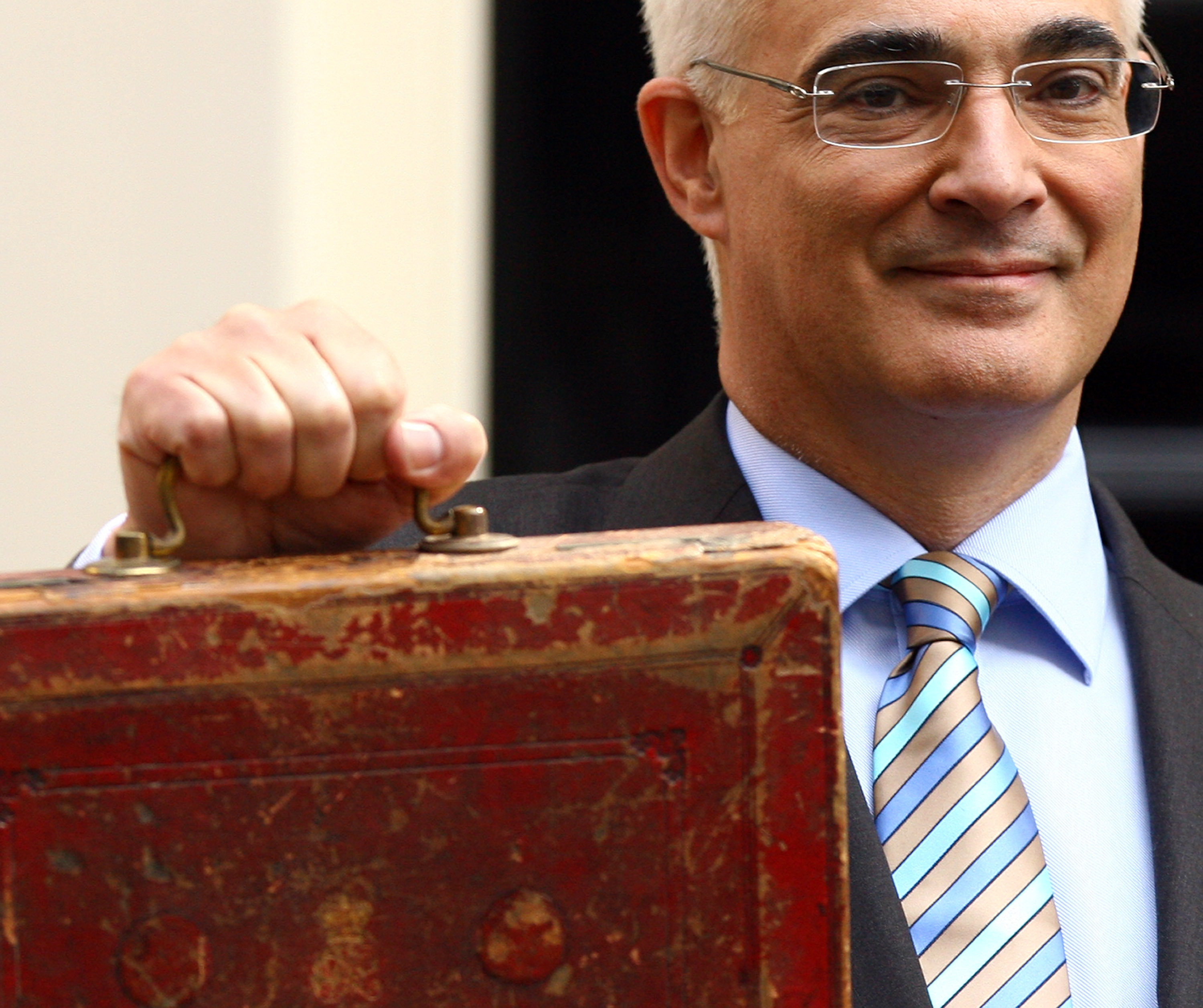 As every Hitchhikers fan knows, the answer to life, the universe and everything is 42. The question about the new tax on the super-rich is framed in a similar way. Will it raise £2.4bn as the Treasury claims? Or will it lose about £800m as the IFS model suggests? All of this – the future of Britain’s status as a low tax economy – depends on the gradient of the Laffer curve. And if the debate is had properly, and had now, then we may be able to stop David Cameron making a dreadful mistake.
As every Hitchhikers fan knows, the answer to life, the universe and everything is 42. The question about the new tax on the super-rich is framed in a similar way. Will it raise £2.4bn as the Treasury claims? Or will it lose about £800m as the IFS model suggests? All of this – the future of Britain’s status as a low tax economy – depends on the gradient of the Laffer curve. And if the debate is had properly, and had now, then we may be able to stop David Cameron making a dreadful mistake.
CoffeeHousers will know the idea behind the Laffer curve, but perhaps not the story. In 1976 Prof Art Laffer, from the University of Chicago, was explaining the basics of tax collection to Donald Rumsfeld in the Hotel Washington over dinner. A journalist from the Wall St Journal was there too. It’s basic, Laffer said: tax nothing, you raise nothing. Tax 100% and no one will bother earning. To maximize your revenues, you have to find a optimal point. To illustrate this, he drew a graph on a cocktail napkin along the below lines. The journalist later wrote this all up, and the Laffer Curve was immortalised.
But it was not 1970s idea. Adam Smith explained it in the Wealth of Nations. Even Keynes said that taxation can grow so high as to defeat its purpose. Since then, economists have managed to hone their understanding on this. Different income groups respond in different ways. The poor, for example, are seldom in a position to expand or contract their hours – or to hire accountants. The very rich, by contrast, can decide whteher to take on another project. In his Hollywood days, Reagan would speak about the point where an actor stopped working: when his income reached a certain level, it wasn’t worth it. Accountants, too, will tell you that the rich will pay top dollar to avoid a 50 percent tax – but not a 40 percent tax. My point: you can measure how likely people are to avoid tax. We now have decades of tax data to make the decision. So to ask if the new 50p tax will raise any revenue, we just look at the evidence.
Or, in the Treasury’s case, you cook the books. This is what it has done with the Budget. The IFS (bless them) drew out of the Treasury the assumptions used when it was deciding what the 45 percent tax would draw from the very rich. It turns out the Treasury had its own Laffer curve but the elasticity ratio – i.e. the lengths to which the rich would go to avoid paying this tax – was put down at 0.35. The IFS own reports gives it a more responsive ratio of 0.46. If there was no avoidance at all, there would not be a ratio but a straight line. Put these three together, as the IFS kindly did, and this is what it looks like:

Now, the Treasury’s 0.36 suggests that the Laffer peak is (gulp) around 55 percent for earmings over £150,000. How did it arrive at that figure? It won’t say – and in the academic studies I have read on this (irritatingly, not online) the figure of 0.36 is a bit lower than you would get for the country as a whole. What the Treasury have done is to deploy the elasticity ratio for the average British worker and apply it to those on £150,000 a year. They try to justify it, saying the rich would normally have a 0.4 elasticity ratio, but they have downgraded this to 0.35 because they reckon they’ve snookered the rich by abolishing personal allowance. This is a con, a fake forecast, right up there with their fiction of a trampoline recovery of 3.5 percent growth in 2010.
The IFS curve suggests that the peak yielding tax rate is about 42.5% and that, on this model, the 55% tax would actually lose £800m to the Exchequer. A crucial point: the IFS don’t like to say so in terms, all the time stressing how much uncertainty there is. But if their 0.46 figure is correct, then the 50p tax would lose serious money – thereby increasing the tax burden on 99 percent of us.
But is the IFS being realistic? Its assumptions (detailed here) are compiled “using information on how the income share of the richest 1% of adults changed during the 1980s, the last time marginal tax rates for the very rich were altered”. So, this is a graph that tells us how the rich would have behaved when Simple Minds, the Bangles and Jason Donovan were at number one. What it doesn’t do is tell us what will happen come April 2010, when the 50 tax will be introduced.
Will Britain have changed by then? You bet. Since then, we have had globalisation – the ‘world is flat’ era where business can relocate anywhere and transfer cash at the click of a mouse. The ultra-mobility of labour and of capital amongst the super-rich suggests that the responsiveness will be way higher than 0.46. And we don’t have to guess. There are several academic studies which suggest it is 1.0 or even 2.0. If these figures are halfway right, then the 50p tax would blow a massive hole in government finances – to the tune of £5bn or more. It would be the equivalent to Brown’s pension raid.
And what would a Cameron government get in return for the £5bn loss in revenue? A little piece of political posturing saying: “You can’t call us the Gordon Gekko party, because look we’re whacking the rich too.” This is why I do believe the debate about a 50p tax is worth having. As I say in today’s cover story, there is a reason why Brown only wants to introduce this in the final four weeks of his 13-year time in Downing Street. The trap is not that Cameron would reject it, but that Cameron would embrace it.
I can hear Danny Finkelstein saying: “Hang on, Cameron has not embraced it. He has just said that he won’t make it his problem to abolish it. It’s Brown’s tax, not his.” I disagree. Cameron can’t help the deficit and debt he inherits. But from the moment he kisses hands with the Queen he will be absolutely responsible for how the government raises tax during a recession. I believe that, grimly, tax will have to rise: but let Cameron talk calmly and honestly about how to do that. Does he believe the 50p tax will raise revenue? If so, let him say so. Let him explain why the IFS and subsequent literature are wrong. If not, and if it survives his first budget, then he will be guilty of precisely the same as Stephen Byers accused the government of yesterday: cynical political posturing.
CoffeeHousers may say here that I am walking into Gordon Brown’s trap. Yet I believe this argument is too important not to have. If it could cost billions – and the economic models suggest it very easily could – then it would be madness to implement it. To break the 21-year truce with the high paid would, I believe, lead to a substantial drop in revenue from those above £150,000 which means the tax system becomes more regressive as the rest have to pay more. As I never tire of saying here, at the time of the 1988 Budget the top 1 percent paid 14 percent of all income tax – by 1997 this rose to 21 percent. And why? Because the top rate was cut from 60 percent to 40 percent.
Ask yourselves, CoffeeHousers, why should the reverse not be true? Should this issue not be examined because it’s regarded a trap by Brown? What we need now is a long, exhaustive debate on the effect of that 50p tax. On what the evidence from the globalised world says about the mobility of the super-rich. If this is going to blow a £5bn hole in the national accounts, Cameron needs to be told quickly.








Comments